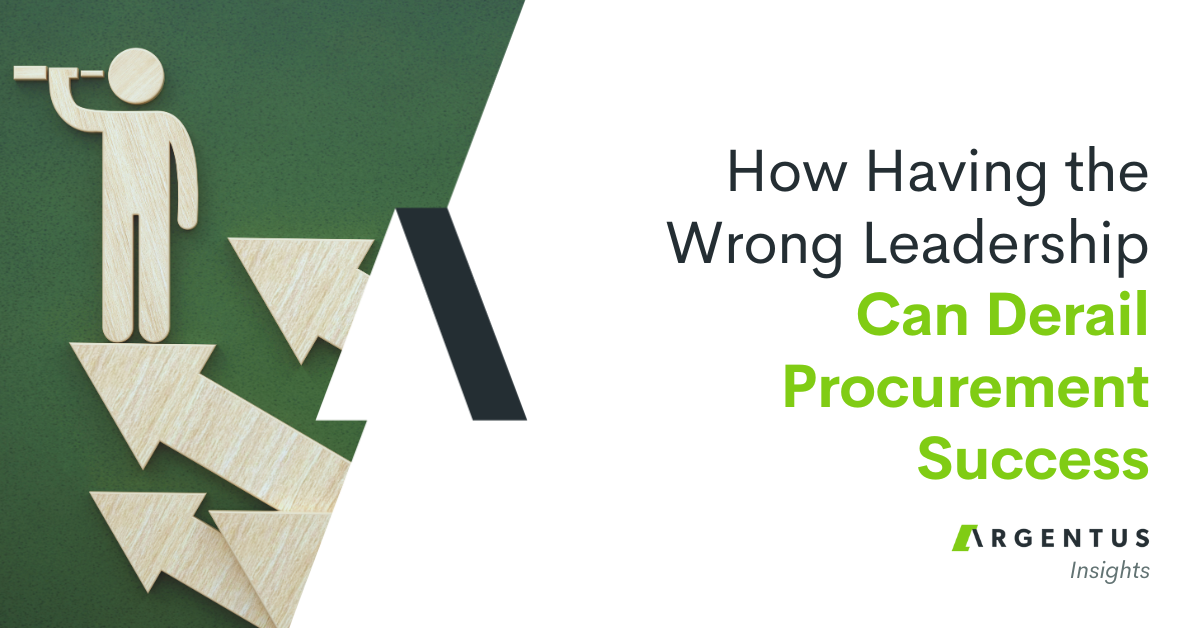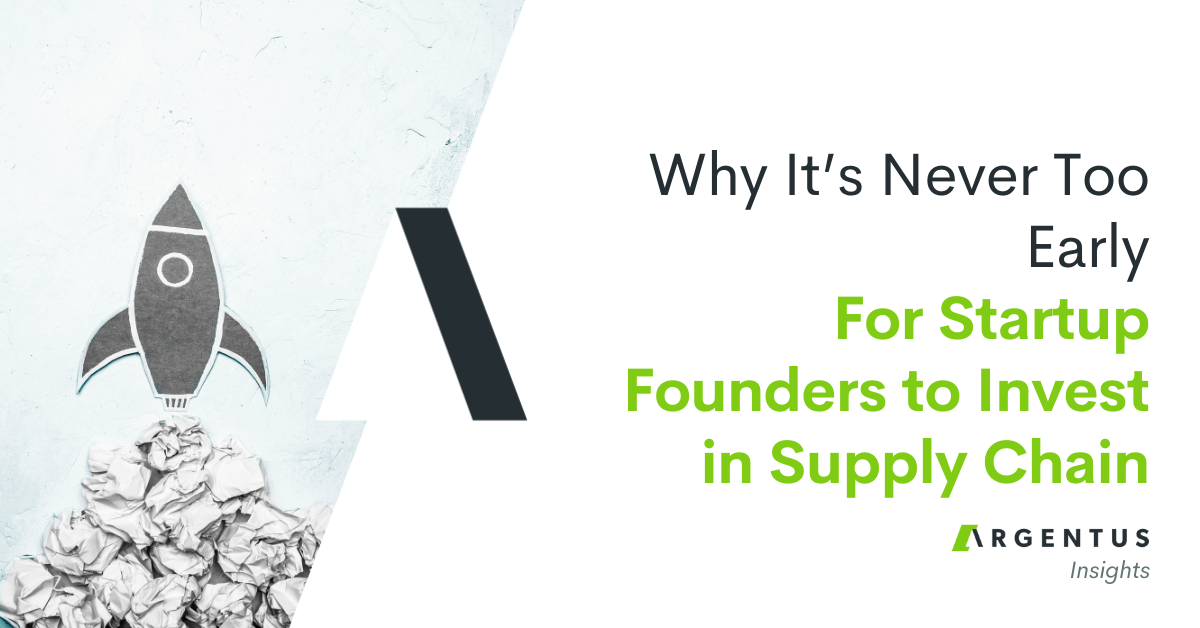At Argentus, we’re big fans of transferrable skills – so much so that we’ve called them the unsung hero of hiring in the past. When we look at a candidate for a role we’re working on as part of our recruiting practice, we’re always eagle-eyed for places where a candidate’s experience can transfer over to a different type of position.
We work in Supply Chain and Procurement, and we’ve spoken with enough senior leaders in the field to know that what’s truly valued these days is business acumen. This is especially true for junior and sole contributor-level roles. Say you’re working in Supply Planning, or Inventory Management, or Purchasing: if you can understand your particular function’s place in the wider Supply Chain, that’s golden. If you can work to see your activities’ wider impact on the business, you can push the margins of your prescribed “duties” and begin to offer real value to employers.
That’s where transferrable skills come in: The ability to draw insights from complex data. The ability to build relationships with a diverse set of stakeholders across a business – as well as suppliers. The ability to identify opportunities for continuous improvement, to uncover efficiencies. The ability to communicate your ideas – and your value – to leaders in a business with strong presentation skills. These are the skills that really matter, no matter the discipline you work in. They’re also what leaders are trying to find.
The people who you really want to work for – with eyes on strategy and the future – would rather hire someone with strong business acumen than someone who’s done a narrow function for X number of years.
But how do you communicate your transferrable skills on a resume, or a LinkedIn profile, or a job application? We’ve been thinking about it recently, because there’s one thing we’ve noticed happening a lot:
People recognize the value of these skills. But too often, when they try to write about them, they end up making their resume so broad and vague that it’s hard to even tell what they’ve been doing in a boots-on-the-ground sense.
For example, our President, Bronwen Hann has over 30 years of recruitment experience, almost 20 of that specialized in Supply Chain and Procurement. So if she gets a resume and even she can’t tell what the person actually does, that’s obviously a big problem.
We live in an age of information-overload, constantly saturated with info to digest. Too many resumes are a sea of words with no white space. While it’s almost a cliché that recruiters and hiring managers spend 6 seconds reading a resume (and we try to spend more than that), it’s true that you’re not doing yourself any favours if your resume takes longer than necessary to read.
The big takeaway here? Less is more. Your resume should open up with an elevator pitch about who you are and what you do. And after that, how do you avoid “vague resume syndrome”?
- Even if you have a wide diversity of experience in Supply Chain, highlight a few core competencies that are well-aligned with the type of role that you’re seeking. Sometimes we get resumes that mention every single aspect of Supply Chain Management – planning, inventory, procurement, logistics, distribution, warehousing, freight forwarding, sourcing, on and on. Fairly or unfairly, our initial thought isn’t, “wow, this person can do it all!” so much as “what does this person actually do?”
- Focus on numbers, metrics, and accomplishments. These catch the eye and help us see what you actually deliver. Avoid buzzwords like “motivated,” “self-starter,” “proactive,” because we’ve seen them so many times, they just dull our attention and make it harder to focus on what you actually do.
- Your resume shouldn’t read like a job description. It sounds counter-intuitive, because you’re trying to describe your jobs after all, but job descriptions tend to be over-stuffed with everything a person could ever do in a job. For each job on your resume, instead highlight three or four areas of accountability and what you’ve delivered. Think about including visual touches like sidebars, icons, or fast facts to draw the eye.
These days, many companies use Applicant Tracking Systems that automatically scan resumes, and if you’re applying for jobs that way, it might make sense to stuff your resume full of keywords.
But if your resume is going to be read by a human, like the recruiters at Argentus (or our clients)? Forget the kitchen sink approach.
Check out our recent resume guide for more tips about how to craft a resume that stands out!




0 Comments